By Max Bultman, Scott Wheeler and Corey Pronman
By this point in the 2025 NHL Draft cycle, you know what the top of Corey Pronman’s list looks like, just as you know Scott Wheeler’s. If you’re a regular listener to The Athletic Hockey Show Prospect Series or the Flo Hockey podcast “Called Up,” you’re also familiar with Max Bultman’s and Chris Peters’ takes on the 2025 draft class.
But what happens when those differing lists and perspectives are forced to collaborate and produce one shared list? Not just by taking the averages of each panelist’s ranking, but through debate, persuasion and compromise?
That was the question the most recent episode of TAHS Prospect Series set to answer. And the results lived up to the curiosity.
By the end of nearly an hour and a half debating 12 prospects, the group settled on four tiers of players ranked 1 through 12, and no one on the panel got exactly what they wanted.
Whether it was a favorite player slotted a little lower than hoped, or having to compromise high on a prospect with some risk, the collaborative nature of the process, meant to loosely mimic the process NHL teams go through to compare thoughts and produce a draft list, meant everyone had to give in somewhere.
In most cases, our panel was able to reach satisfactory conclusions and cut deals to keep everyone content, even if there were some gritted teeth involved. But in cases of true gridlock, each analyst was given one “super vote,” allowing them to break a 2-2 tie on a player they were particularly passionate about, in either direction.
You can listen to the whole episode to hear how it all went down, but here were some of the key debates and takeaways from the exercise.
Where to slot James Hagens?
This was our liveliest debate, which is fitting given Hagens has among the widest ranges of potential outcomes of the top group we debated. He came into the season as the favorite to be the first pick in the draft, but after a strong, though not necessarily spectacular, freshman season at Boston College — and perhaps some nitpicking of such a known player — there’s real debate over where he fits within the top of this class.
That was true in our debate, too.
Pronman noted Hagens’ outstanding track record over the years, including a “really, really good” draft year at Boston College. He called him arguably the most offensively skilled player in the class, headlined by his skating. But he also raised the issue of Hagens’ size, as a 5-foot-10 forward, and whether the relative lack of interior offense in his game this season could be a product of playing against bigger, stronger opponents — the kind he will continue to see as he progresses to the NHL.
Wheeler and Peters, meanwhile, were adamant in Hagens’ favor, with Wheeler advocating for Hagens at No. 3 on our list and threatening to use his Super Vote to keep him no lower than No. 4 on the collective list.
“I have, actually, fewer questions — despite the fact that he’s 5-foot-10, despite the fact that he didn’t score a ton — I’ve got fewer questions about projecting James Hagens than I do about protecting Anton Frondell or Porter Martone,” Wheeler said.
Peters took it a step further in rejecting Pronman’s argument, telling Pronman, “Corey, put the f—ing tape measure away, all right?”
“I think that we are gonna see a very different James Hagens this year,” Peters said. “And I do think he’ll be one of the best players in college hockey, and I feel like we’re gonna have a reset. And when we’re doing a redraft, he’s gonna be really high on a redraft. … In terms of potential, he is my number three with a bullet.”
But Hagens did not finish at No. 3. Bultman sided with Pronman on the debate between Hagens and Martone (the 6-foot-3 winger from the Brampton Steelheads), creating a 2-2 gridlock. Rather than use his tie-breaker, though, Wheeler opted to strike a compromise with Pronman that Hagens would sit behind Martone on the final list, but ahead of Frondell. Moncton (QMJHL) center Caleb Desnoyers was also mentioned at No. 3, but ultimately finished at No. 5.
Peters still wanted Hagens at No. 3, but with the other three panelists already agreeing to that order, he had no choice but to, in his words, “sit and stew in the corner.”
How the need for consensus affected other prospects
Prior compromises came into play on multiple occasions through our process.
The Martone-Hagens compromise, for example, resurfaced as an issue for Peters when discussing which tier to place Desnoyers into. He had Hagens ahead of Desnoyers, but Desnoyers ahead of Martone, making it tricky to place Desnoyers with Martone already ahead of Hagens on the consensus list.
And later on, Wheeler nominated Seattle (WHL) defenseman Radim Mrtka at number seven, but had to watch as the other analysts’ votes not only bumped Mrtka down, but into a separate tier, which ultimately left him outside the top 10.
But Wheeler did get passionate and use his veto vote to ensure that one of the draft’s most divisive players did not end up higher than where he was comfortable. Brandon (WHL) center Roger McQueen has some of the best athletic tools in the class as a highly skilled 6-foot-5 center who can skate, but has struggled with a back injury. When the group was deadlocked as to which tier McQueen should fit into, Wheeler stepped in “against taking a chance that we risk making a mistake on Roger McQueen.”
That put McQueen into the fourth tier with Mrtka, instead of into a third tier that ultimately included OHL center Jake O’Brien, Swedish winger Victor Eklund, OHL forward Brady Martin and OHL defenseman Kashawn Aitcheson.
The final collaborative list
After all the debating, the final top 12 — separated into four tiers — came out like this:
Tier 1
Matthew Schaefer
Michael Misa
Tier 2
Porter Martone
James Hagens
Caleb Desnoyers
Anton Frondell
Tier 3
Jake O’Brien
Victor Eklund
Brady Martin
Kashawn Aitcheson
Tier 4
Roger McQueen
Radim Mrtka
(Photo of James Hagens: Richard T Gagnon / Getty Images)






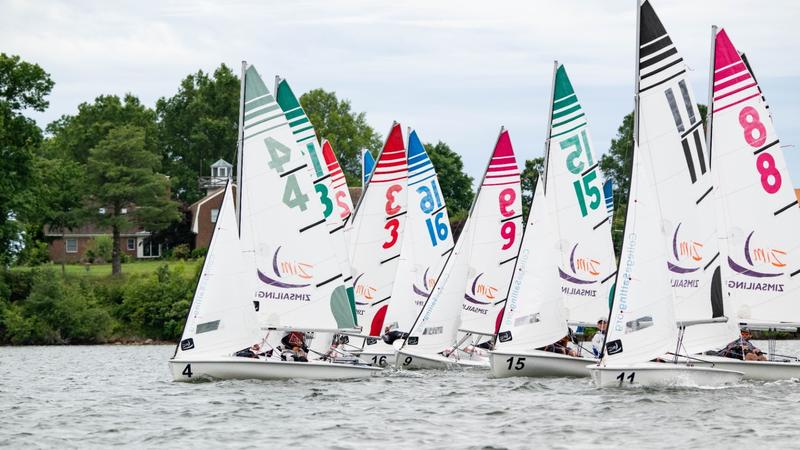


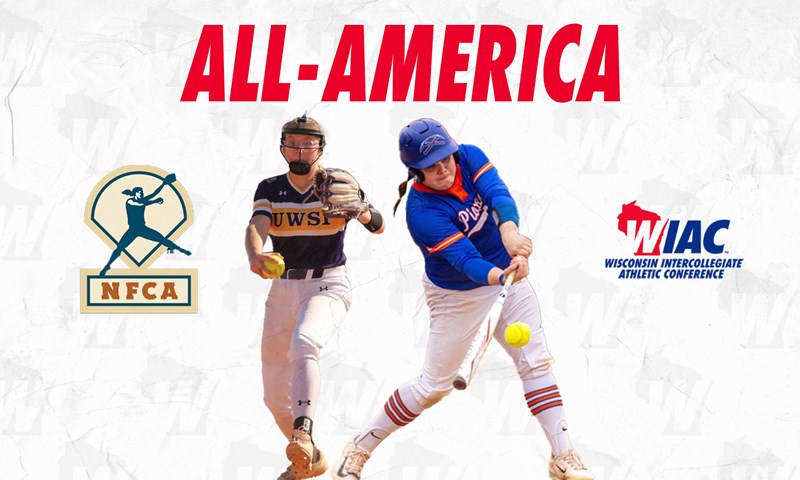

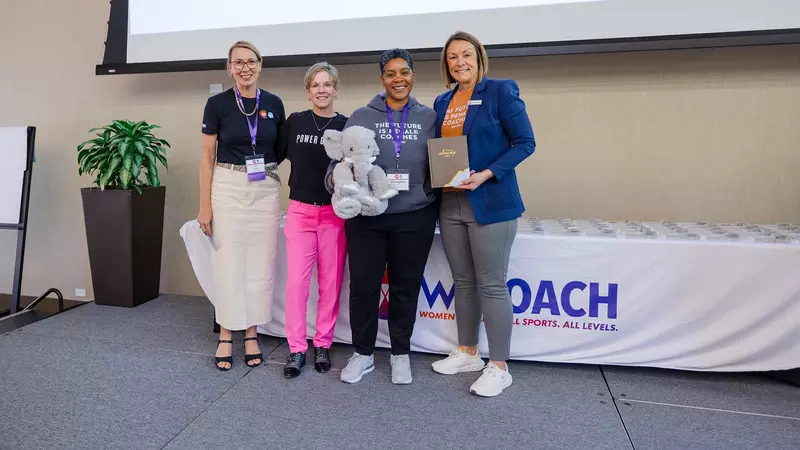






 (via @earlwilliams31/TT)
(via @earlwilliams31/TT)






























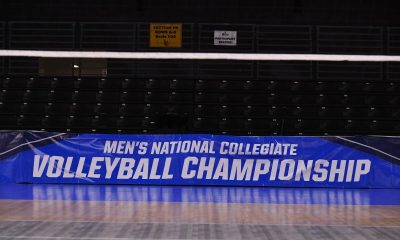


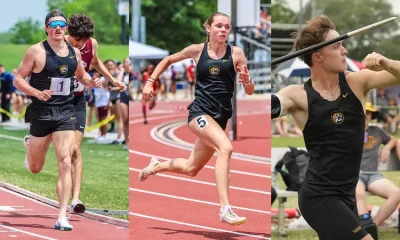









 STEPHEN A. CALLS OUT LEBRON for Giannis and NBA eras comments
STEPHEN A. CALLS OUT LEBRON for Giannis and NBA eras comments  | First Take
| First Take